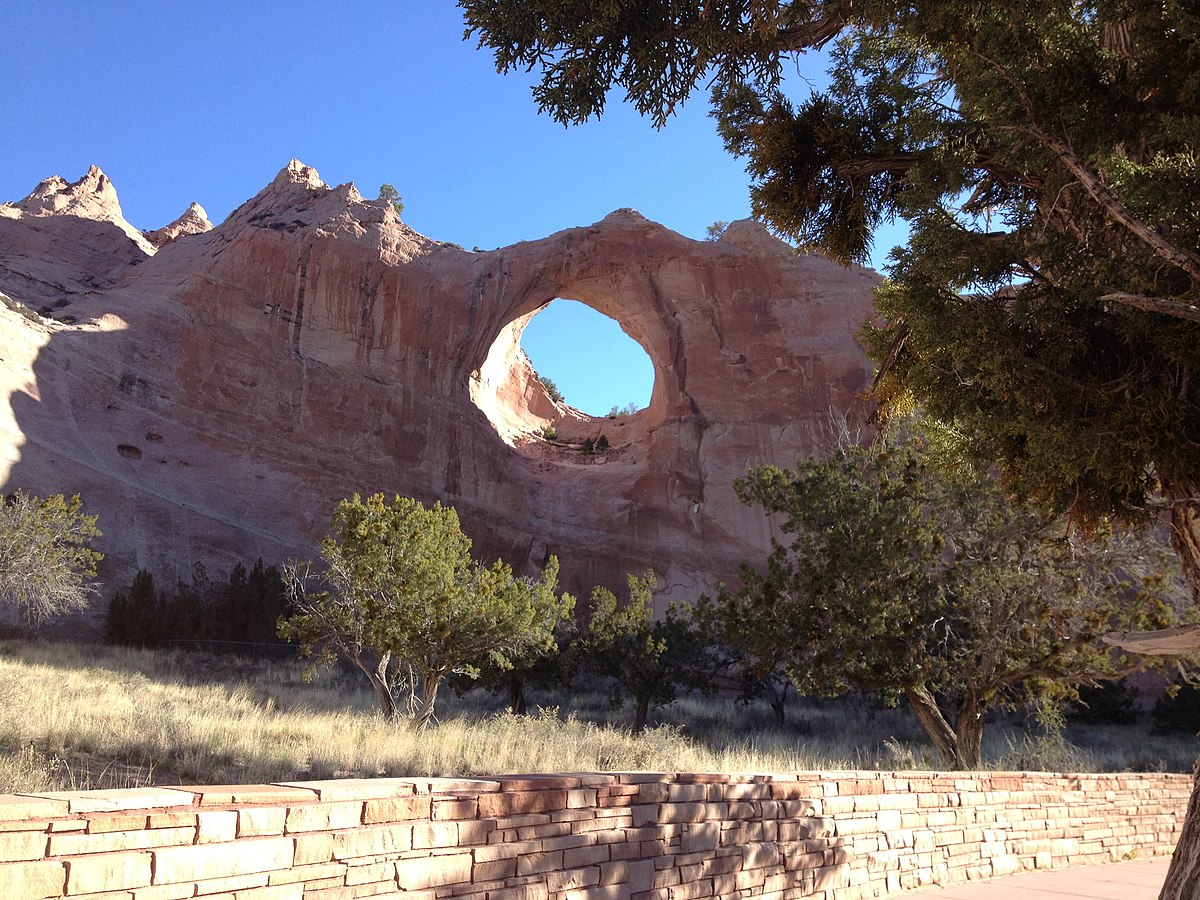Indigenous Owl Perspectives Part II: Tracy Aviary and Navajo Nation Zoo

Written by Arcia Tecun
I have encountered a variety of distinct and shared Indigenous perspectives on Owls while I have worked with Tracy Aviary and the Nature Center at Pia Okwai. This post is my own personal reflection and interpretation that explores a few perspectives, but not all of them, so please keep that in mind.
The FX/Hulu show Reservation Dogs released their first season in 2021 bringing contemporary Indigenous stories to a mainstream popular culture audience, which included unique perspectives on owls. Throughout the show there are moments when a decoy owl is shown with blurred out eyes to the shock of the protagonist youths who also cover their eyes to avoid making eye contact. These scenes were a nod to several Indigenous cultures that contemporarily practice avoidance of owls.
There have been moments when we have had Diné (Navajo) presence at Tracy Aviary in Liberty Park, to whom I would notify beforehand that we have owls on exhibit as well as owls in some of the bird shows. I do so because of my experiences and awareness that there are a variety of different protocols that may include restrictions in how one interacts with or avoids interactions with certain non-human animals. I have observed some who wanted to avoid the owl exhibits, others who did not have any apprehension to go see them, and others who perked up with surprise if they heard an owl hoot. My experience and understanding is that there are protocols of restrictions regarding owls among many Indigenous peoples across these continents and even elsewhere because they can be seen as a messenger or harbinger of death. Seeing owls or touching owl feathers are avoided for some, and the general sound of an owl could be seen as signifying death or danger on the horizon. You can read a perspective from Nature Center host Isiah Cambridge in his post Néʼéshjaaʼ – A Messenger.
There was an article written in 1990 by Charles Hillinger titled Indian and Animal Worlds Converge at the Navajo Zoo that gives a glimpse into a perception at a particular moment in time. For example, it mentions that there is a unique approach to this zoo as the only one operated by an Indigenous nation occupied by the United States. This article stated that “If an owl feather floats through the air or is seen on the ground, Navajo legend demands that it be avoided at all cost, for the owl is the symbol of death. An owl feather brings bad luck.” It also mentions a general avoidance of snakes and other reptiles by mostly Diné (Navajo) visitors. Reflecting on this article thirty-four years later alongside a diverse range of contemporary experiences there is an opportunity to add some more complexity to this narrative.
The aviculture, culture, and community-based conservation teams from Tracy Aviary and the Nature Center at Pia Okwai recently had the opportunity in February 2024 to digitally connect with the Navajo Nation Zoo to discuss cultural issues and questions about owls alongside contemporary experiences and ancestral protocols with non-human animals. While a general avoidance of snakes and certain reptiles/amphibians was expressed as a general contemporary practice, the team at Navajo Nation Zoo also shared that they do not generally encounter apprehensions to see the Né’éshjaa’ (Owl) exhibit at their campus. They shared with us that they observe an overwhelmingly positive experience for their visitors who are primarily Diné. The exhibits at the Navajo Nation Zoo offer Indigenous ecological knowledge found in culturally based explanations for Né’éshjaa’ such as their connection to other symbolically powerful birds as a child of Great Bird and a sibling to ‘Atsá (Eagle, Raptor). Né’éshjaa’ is explained to be a messenger that informs others of danger or neglect, which commands a great sense of respect. Their exhibit even shares that owl feathers are used in certain ceremonies, to make offerings, to decorate headgear, and to banish negative energy. These are fitting associations for a powerful nocturnal predator with excellent night vision, superb hearing, and stealthy flight. When we spoke with the Navajo Nation Zoo staff we learned that medicine people maintain a presence at their location giving regular guidance, which has helped share a message that Né’éshjaa’ are important messengers who don’t necessarily bring messages that are negative. This helps add complexity to Indigenous perspectives when avoidance may be better interpreted as respect for a powerful symbol and messenger. In conclusion it is important to emphasize that perspectives vary depending on upbringing, circumstances, and a broad range of diverse ideas and practices in Diné Bikéyah (Navajo Nation) and across Indigenous communities.
* As we seek to be an outstanding community partner and uphold our relationships with Indigenous peoples and knowledge in this place and region we are grateful for the generosity and experience offered to us by Navajo Nation Zoo. ‘Ahéhee’ Nitsaago!